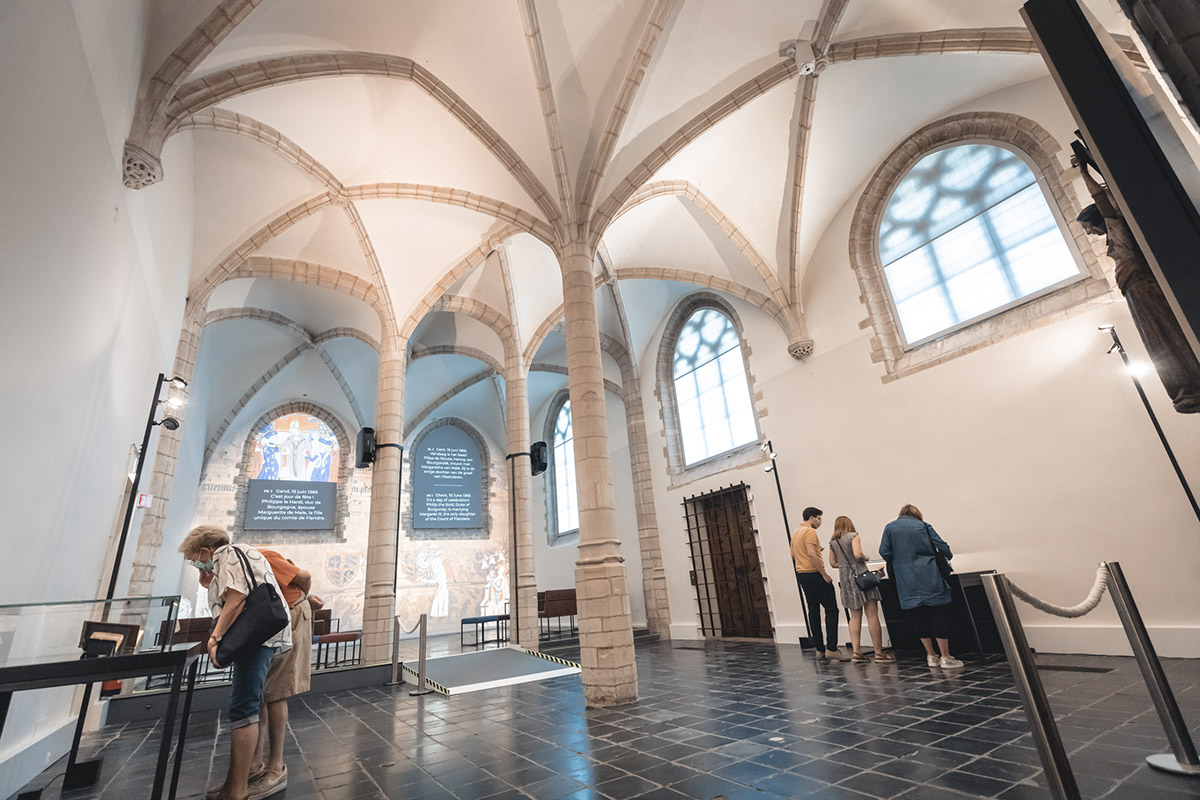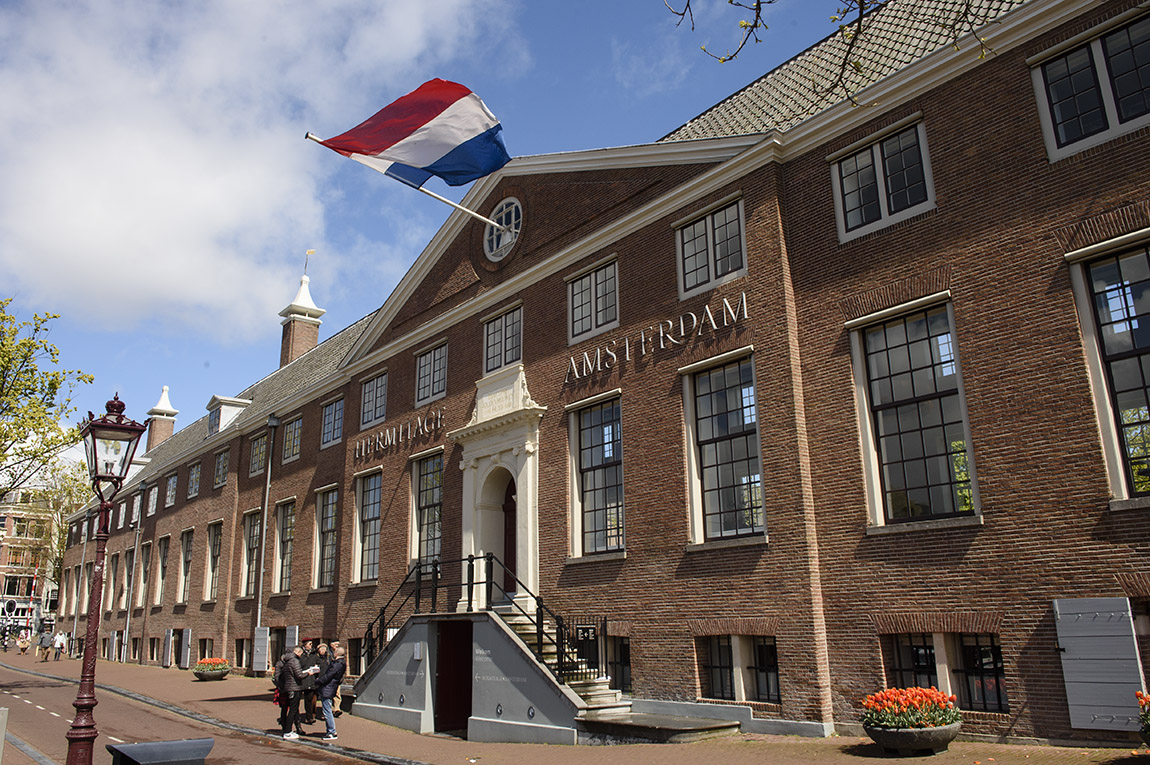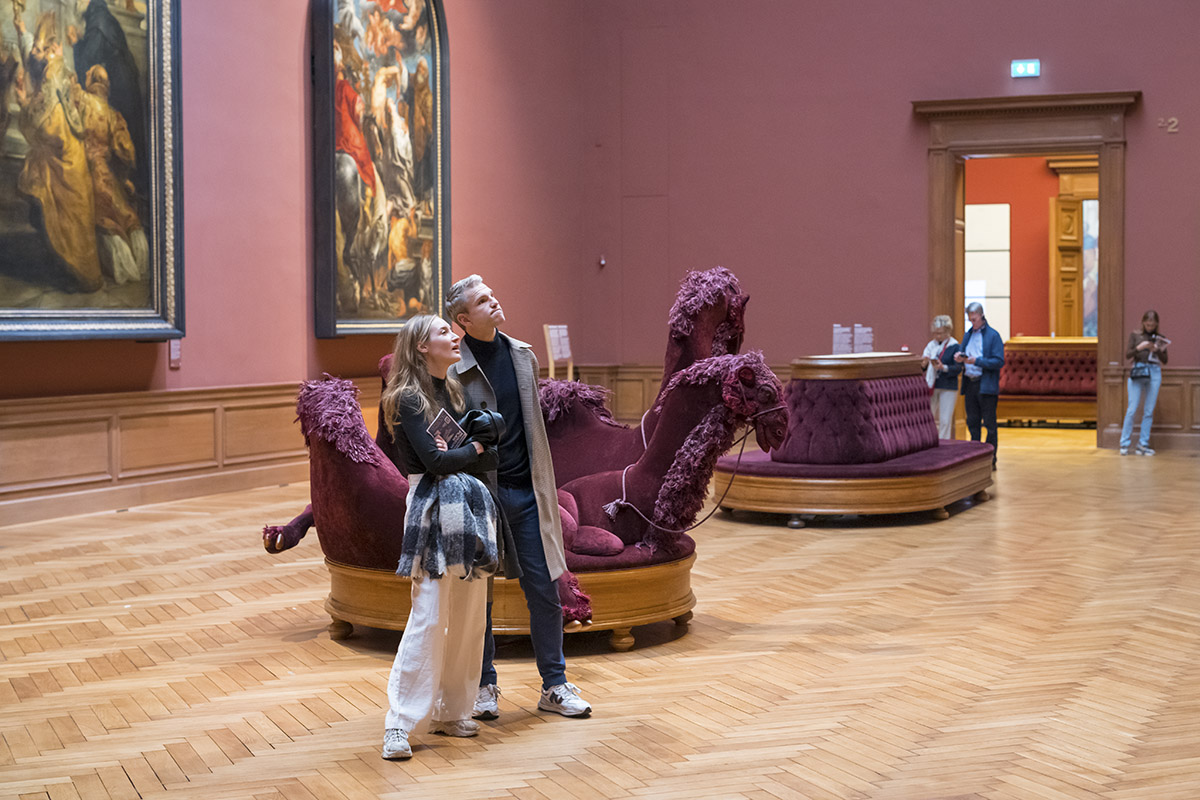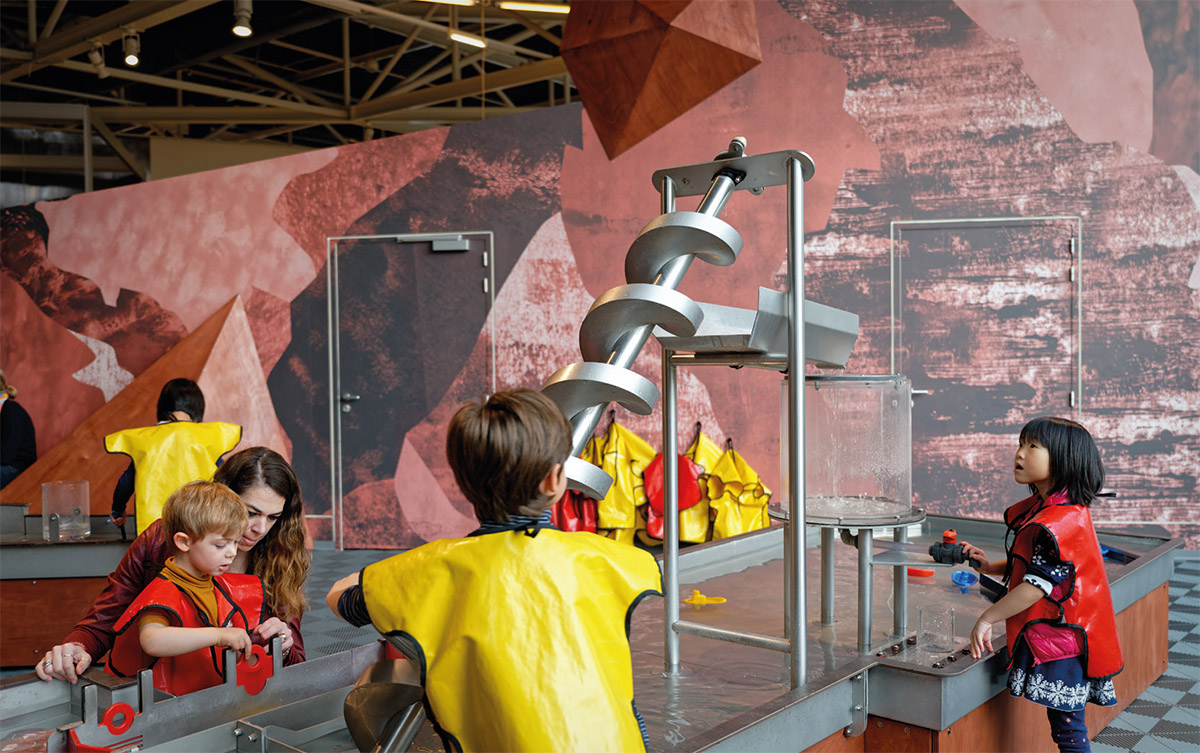Fortresses of historic beauty
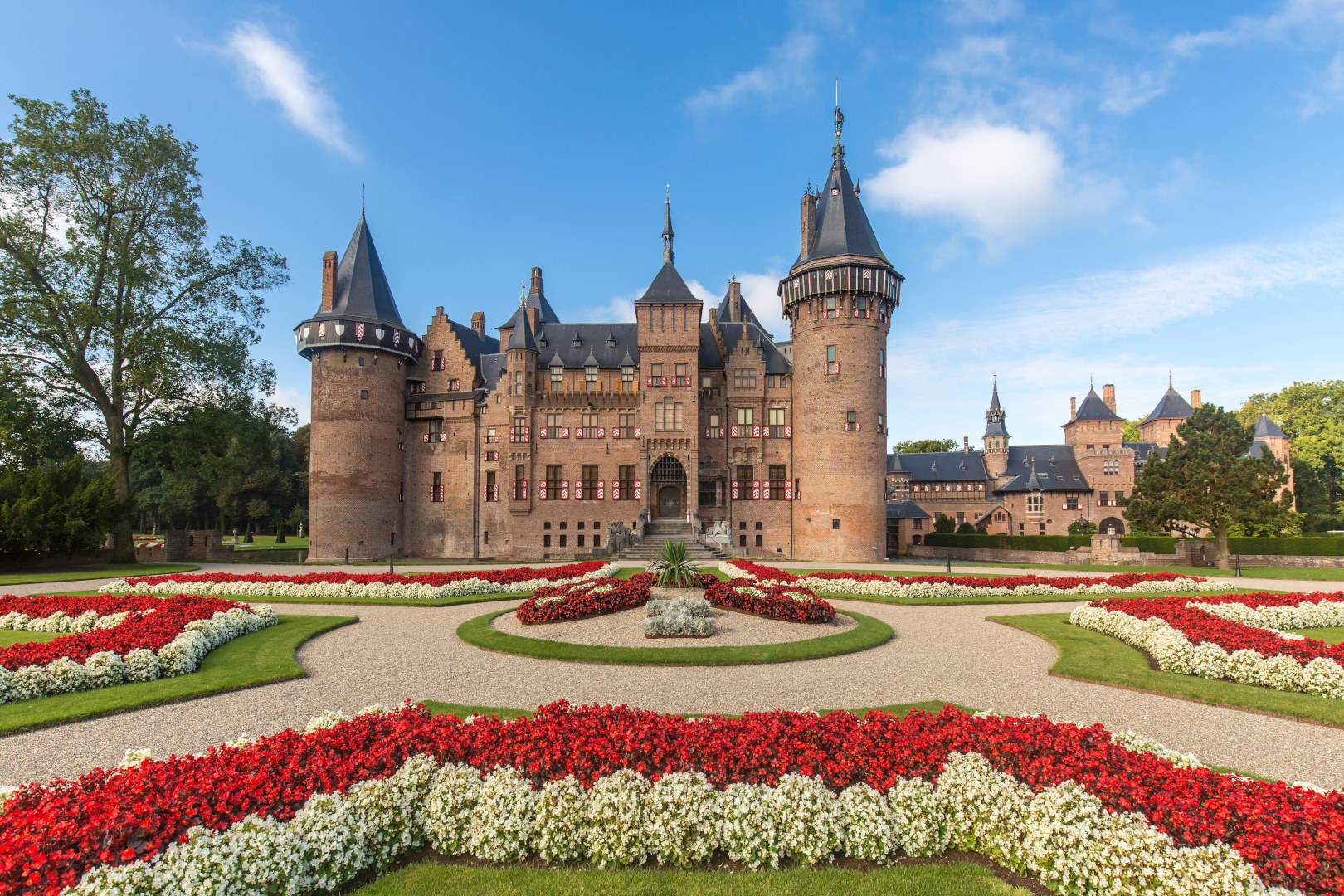
Fairytale-like steeples towering high above the trees, prestigious mansions revealing immense wealth, avant-garde rooms inviting you to hear their stories: the stunning historic castles and manors in the outskirts of Utrecht harbour a wealth of history and heritage. Five prominent museum castles in the region have now reunited their beauty and invite you to discover their bygone yet wonderfully preserved wonders.
TEXT: CHARLOTTE VAN HEK | TOP PHOTO: DE HAAR CASTLE © KASTELEN UTRECHT
Close to the hustle and bustle of Utrecht, yet a world apart: the pristine green countryside around the city quickly gives away why the region was once so beloved by kings and queens, dukes and duchesses, and other people of nobility. “It was very common for prominent people in the 16th, 17th and 18th centuries to own a residence in the countryside, alongside their houses in the city,” begins Anetta de Jong, chairwoman of the Foundation Collaborating Castles Utrecht (SSKU) and director of De Haar Castle. “Especially during summer, people of nobility would leave the city’s dirt behind for more comfortable places.”
Under the helm of the SSKU and together with NBTC, the launched project promotes the beauty of five prestigious castles in the region which have opened their doors as museums. “Every one of the five castles has a very distinct character and serves a different target group and function – together they form a magnificent combination of heritage, history and art.”

SLOT ZUYLEN
Slot Zuylen
Slot Zuylen is everything you would expect of a fairytale castle. Situated on the river Vecht, it has retained many of its medieval castle-like features even though it was converted into a country mansion in the 18th century. The castle has been inhabited by knights and noble families for centuries, but its most famous resident was Isabella van Tuyll van Serooskerken (Isabelle de Charrière), famous writer and feminist avant la lettre. The castle’s interior, which belonged to the Tuyll van Serooskerken family (who lived in the castle from 1665) can be admired through guided tours and consists mainly of original pieces of furniture, paintings and utensils – as if the residents only just left the room.
Web: www.slotzuylen.nl

MOA, MADE IN CHINA. PHOTO © ERNST MORITZ
MOA | Museum Oud Amelisweerd
Lovers of history, nature and art alike cannot skip MOA | Museum Oud Amelisweerd. A ‘house of art’ set in a country park, it exhibits and links three different collections: the biggest collection of work by famous Dutch painter Armando, Oud Amelisweerd – one of the country’s Top 100 listed historic buildings – and a collection of unique Chinese and other historic wall coverings. The monumental values of country house Oud Amelisweerd required a special approach to the design of the museum, whereby the historic legacy of the house was a constant starting point. The green environment and static allure of the house, in combination with world-famous art and stunning wall decorations, make MOA an absolute gem.

KASTEEL DE HAAR
Kasteel de Haar
De Haar Castle is without a doubt one of Europe’s most fairytale-like settlements. Although it might look medieval, it was built in the early 20th century by famous Dutch architect Pierre Cuypers on commission from Baron Etienne van Zuylen van Nijevelt. In the 60s, the castle became a place where the Van Zuylen van Nijevelt family received the international jet set, from Brigitte Bardot, to Coco Chanel to Maria Callas. Legendary James Bond actor Roger Moore even learned how to ride a bike at the gardens of De Haar. A visit to De Haar Castle feels like a trip back in time to the glory days of the 20th century.
Web: www.kasteeldehaar.nl

MUSEUM HUIS DOORN
Museum Huis Doorn
This historic manor house and museum brings history back to life: Museum Huis Doorn was the residence of the last German ‘Kaiser’, Wilhelm II, who after the German defeat in the First World War fled to the Netherlands. Wilhelm renovated the house and made some changes to the estate, which covers 35 hectares and is in the style of an English landscaped garden. From 1920, 59 train wagons transported around 30,000 objects to the Netherlands from Wilhelm’s palaces in Berlin and Potsdam to furnish the house. The former German emperor lived in exile in Huis Doorn and surrounded himself with splendid furniture, paintings, silver and porcelain until his death in 1941.
Web: www.huisdoorn.nl

KASTEEL AMERONGEN
Kasteel Amerongen
Widely considered as one of the most beautiful residences the Netherlands has ever known, Amerongen Castle dates back to the 17th century, on the site of a medieval castle that had been burned down by the French in 1673. Its interior gives you a fantastic glimpse into the lives of former residents and contains beautiful historic collections of porcelain, musical instruments, and family portraits from the 18th and 19th centuries. Just as stunning are Amerongen’s gardens, which have been formed through centuries and contain historic elements such as a conservatory dating from the 1890s. Amerongen Castle is also known as the place where Kaiser Wilhelm II lived for one and a half years – he even signed his abdication at the castle.
Subscribe to Our Newsletter
Receive our monthly newsletter by email
